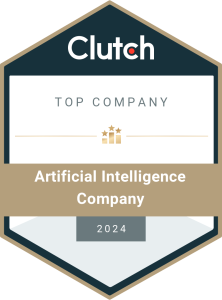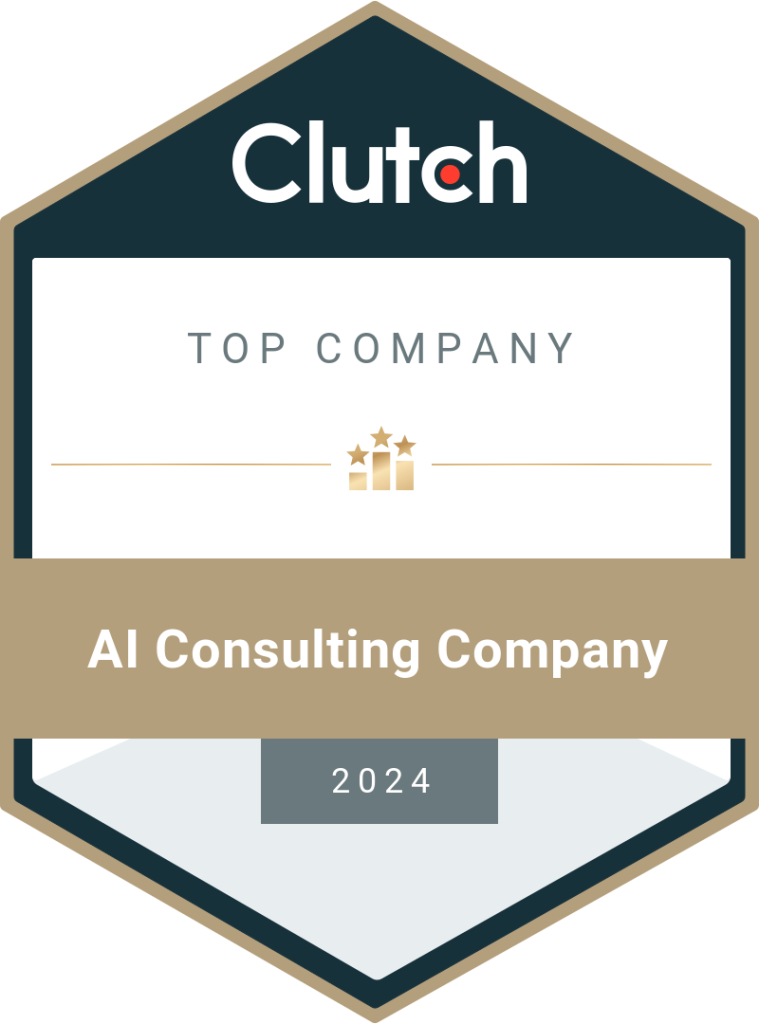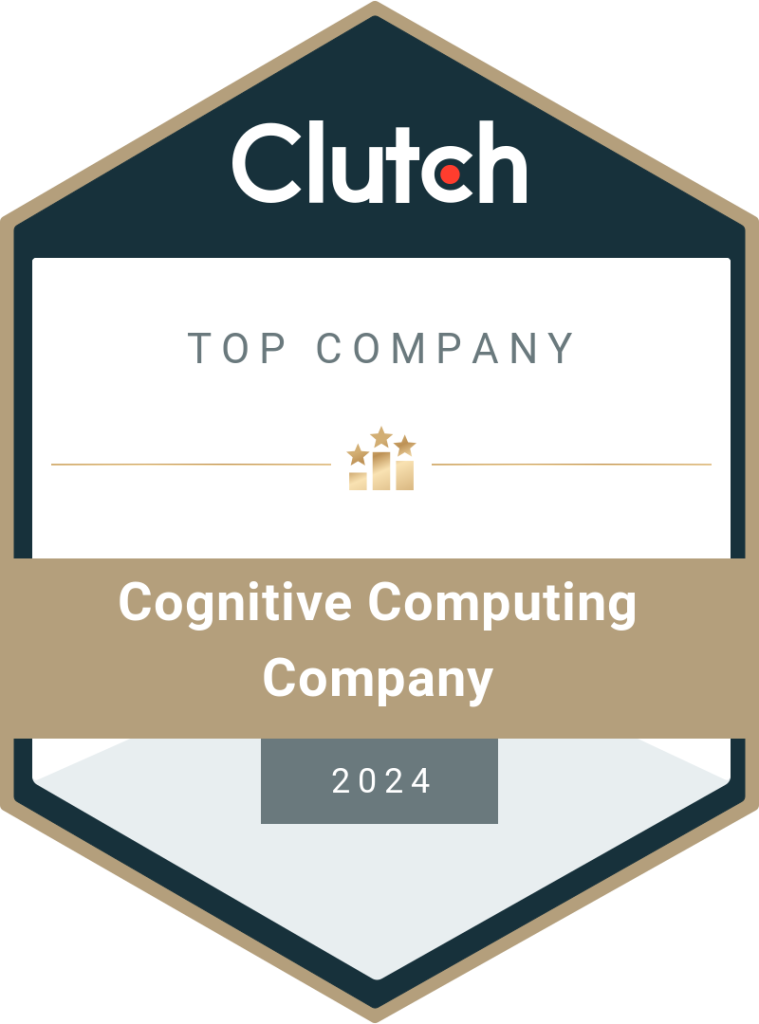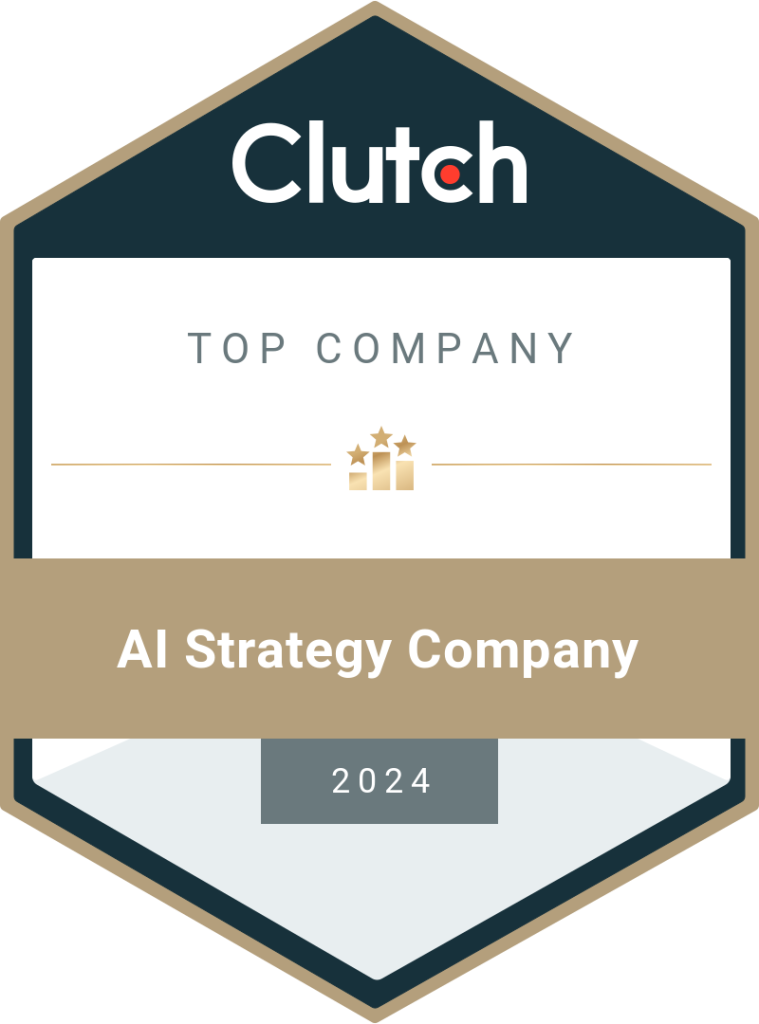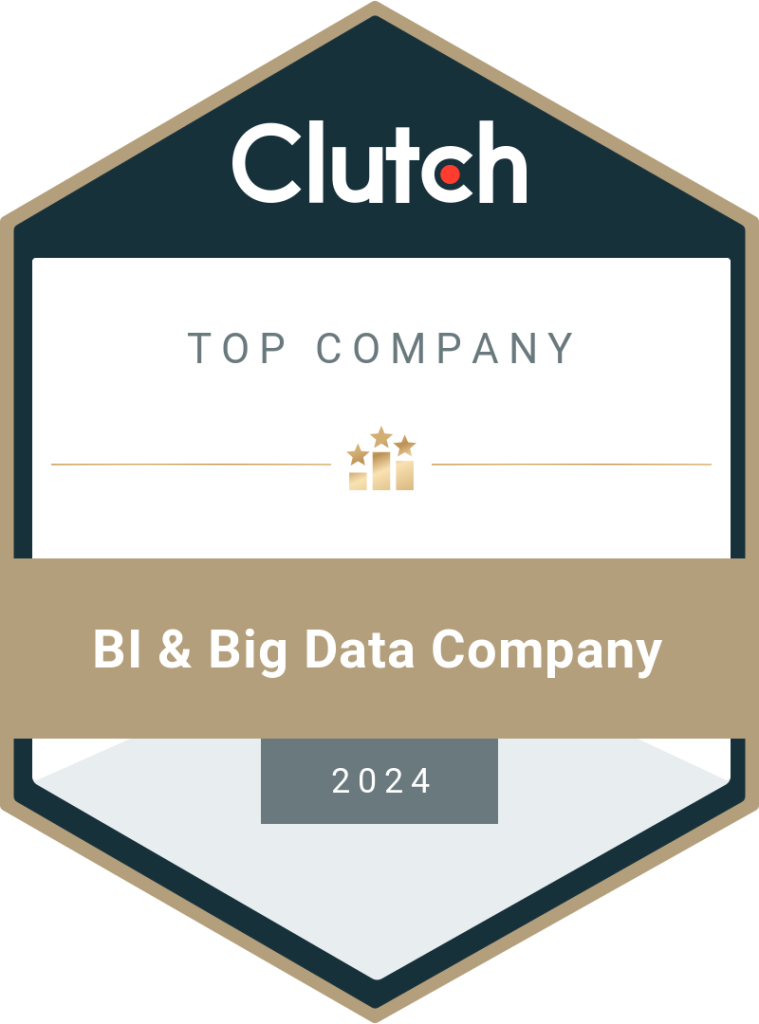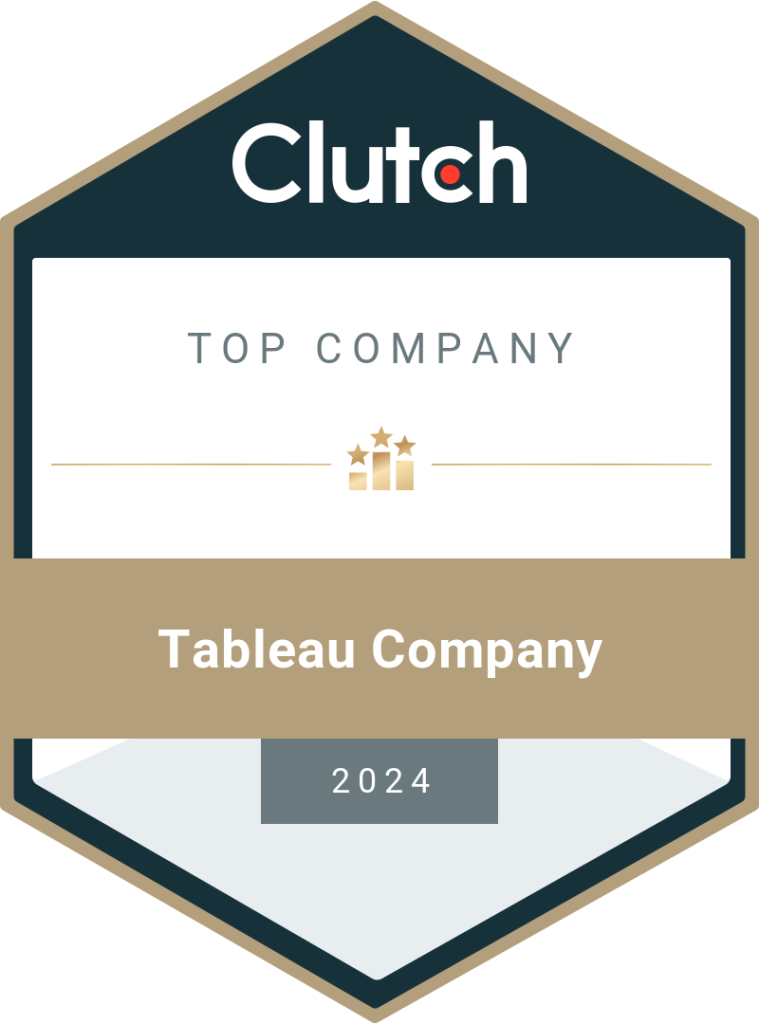Explore the potential of (LLMs) Large Language Models in healthcare, their applications, challenges, and prospects for improved diagnostics and patient care. Artificial Intelligence (AI) has ushered in a new era of possibilities, and at the forefront of this technological revolution are Language Models (LLMs). These powerful AI systems, equipped with deep learning algorithms, have the remarkable ability to understand, generate, and manipulate human language on an unprecedented scale. As we explore the potential of these models, we’ll delve into their applications, the challenges they bring, and the promising future they hold for advancing diagnostics and patient care. In recent years, the field of artificial intelligence (AI) has witnessed a revolutionary advancement with the emergence of Large Language Models (LLMs). With 30% of the world’s data volume being attributed to the healthcare industry, there exists a significant potential to harness the power of Large Language Models (LLMs) to operationalize and deliver new insights. These sophisticated AI systems, powered by deep learning algorithms, possess the ability to comprehend, generate, and manipulate human language at an astonishing scale. While their applications span various domains, the significance of Large Language Models in healthcare and clinical trials is particularly noteworthy. In this article, we delve into the realm of LLMs and their profound impact on the healthcare landscape, exploring their capabilities, applications, challenges, and future potential. Understanding Large Language Models At the core of this technological breakthrough lies the concept of Large Language Models. These models are intricate neural networks that have been meticulously trained on massive datasets containing diverse textual information. The training process equips them with the capacity to understand the nuances of language, context, and semantics, enabling them to perform tasks that were once considered exclusive to human intelligence. Unlike traditional language processing methods that rely heavily on rule-based approaches, LLMs rely on data-driven learning. This data-centric approach enables them to capture intricate language nuances and adapt to the ever-evolving dynamics of human communication. The shift from predefined rules to learned patterns marks a pivotal advancement in natural language understanding and generation. LLMs undergo training using vast datasets and employ self-supervised learning to predict the subsequent token in a sentence, taking into account the context around it. This iterative process continues until the model achieves a satisfactory level of accuracy. LLMs can be fine-tuned to perform a wide array of Natural Language Processing (NLP) tasks, such as: Creating interactive chatbots like ChatGPT. ● Generating text for purposes such as product descriptions, blog entries, and articles. ● Providing answers to frequently asked questions (FAQs) and directing customer queries to appropriate human support. ● Analyzing customer feedback found in emails, social media posts, and product reviews. ● Converting business content into various languages through translation. ● Sorting and categorizing extensive text data to streamline processing and analysis. Examples of Large Scale Language Models Three prominent examples of Large Scale Language Models are GPT-4, BERT, and T5. GPT-4, developed by OpenAI, is renowned for its creativity in generating coherent and contextually fitting responses. BARD on the other hand, developed by Google, revolutionized language understanding by considering the full context of a word within a sentence rather than processing words in isolation. T5, short for “Text-to-Text Transfer Transformer,” excels in various language tasks by treating them as text-to-text problems, demonstrating the adaptability of Large Scale Language Models. Applications of Large Language Models in Healthcare The integration of Large Language Models in healthcare has opened up a multitude of possibilities, transforming various aspects of healthcare delivery and research. Clinical Documentation and EHRs Efficient and accurate clinical documentation is essential for patient care. LLMs have the potential to automate the process of transcribing medical notes, generating detailed patient records directly from spoken or written input. This not only saves time for healthcare providers but also reduces the risk of errors in patient data. Literature Review and Knowledge Extraction The abundance of medical literature presents a challenge in staying updated with the latest advancements. Large Language Models can expedite literature reviews by summarizing articles, extracting key insights, and identifying relevant studies. This aids researchers, clinicians, and medical professionals in staying informed and making evidence-based decisions. Patient-Provider Communication Enhancement Effective communication between patients and healthcare providers is paramount. LLMs can assist in crafting personalized and comprehensible explanations of medical conditions, treatments, and procedures. This bridges the knowledge gap, enabling patients to make informed decisions about their health. Drug Discovery and Development The drug discovery process is complex and time-consuming. Large Language Models can aid in sifting through vast amounts of biomedical data to identify potential drug candidates, predict drug interactions, and assist in the design of clinical trials. This accelerates the drug development pipeline and enhances precision medicine. Clinical Trial Design and Execution Designing and conducting clinical trials requires meticulous planning. LLMs can contribute by analyzing existing trial data, predicting patient recruitment rates, and optimizing trial protocols. These insights facilitate efficient trial design and execution, leading to quicker and more cost-effective outcomes. Large Language Models Encoding Clinical Knowledge Enriching Large Language Models with domain-specific medical knowledge is a pivotal step in their healthcare applications. This involves training the models on vast medical datasets, encompassing information from electronic health records, medical textbooks, research articles, and clinical guidelines. The integration of medical expertise enhances the models’ ability to generate contextually relevant and accurate medical content. While imbuing LLMs with medical knowledge is promising, challenges arise due to the dynamic nature of medical science. Keeping the models updated with the latest research, ensuring accuracy, and addressing biases in medical data are ongoing concerns. Additionally, the inclusion of sensitive patient information demands robust data privacy measures. Pre-trained medical Large Language Models provide a foundation for various healthcare applications. These models arrive equipped with a baseline understanding of medical language, reducing the need for extensive training. By leveraging pre-existing medical knowledge, developers can focus on fine-tuning the models for specific tasks, streamlining the implementation process. Working Mechanism of Large Language Models Pre-training and Fine-tuning Process The proficiency of Large Language Models stems from a
Read More
